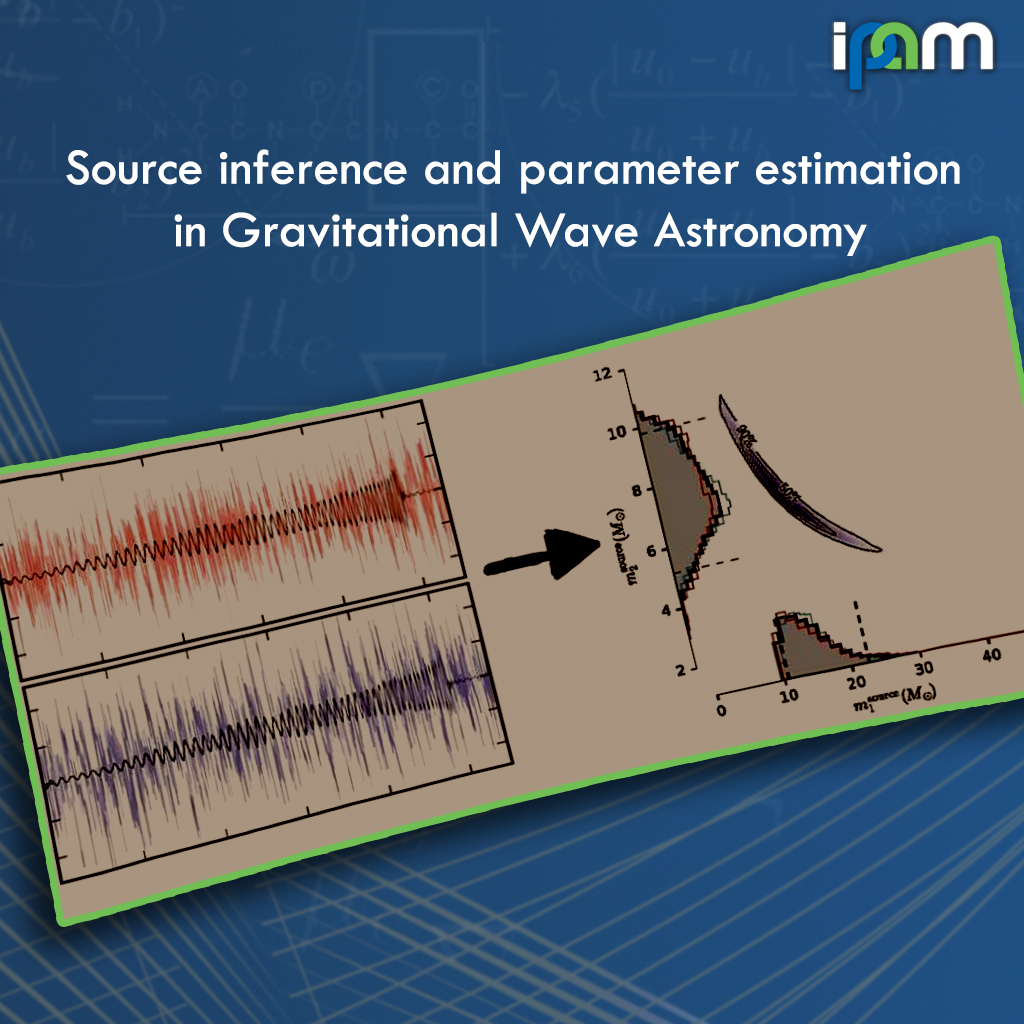LISA and the global analysis of galactic binary gravitational wave signals
Presenter
November 15, 2021
Abstract
Recorded 15 November 2021. Kristen Lackeos of the Max Planck Institute for Radio Astronomy Nideggerstraße, 25a presents "LISA and the global analysis of galactic binary gravitational wave signals" at IPAM's Workshop III: Source inference and parameter estimation in Gravitational Wave Astronomy.
Abstract: The Laser Interferometer Space Antenna (LISA) will open a window to gravitational waves (GW) between 0.1 mHz and 1 Hz. The instrument will monitor the entire sky and observe a variety of overlapping signals. GWs from the population ultra compact binaries, numbering millions in our Galaxy, are predicted to dominate the milli-Hertz frequency band. Galactic binaries are millions of years from merger, and consequently their signals will simultaneously persist for the duration of the LISA mission. This wealth of sources will contribute to an unresolved foreground which will be the main source of ``noise'' between 1-3 milli-Hertz. However, a few tens of thousand are expected to be resolvable. Extracting these overlapping galactic signals is a central challenge in LISA data analysis, and a key contribution to arriving at a global solution that simultaneously fits for all signals in the band. I will give a brief introduction to the `GBMCMC' pipeline applied to the global fit of Galactic white dwarf binaries. Then we'll review the application of GBMCMC to a simulated data set from the LISA Data Challenges. We'll explore the post-analysis and science of the resulting catalog data and how to quantify the efficacy of the pipeline search.
And finally, I'll discuss the future of GBMCMC towards the global fit of multiple types of GW sources.
Learn more online at: http://www.ipam.ucla.edu/programs/workshops/workshop-iii-source-inference-and-parameter-estimation-in-gravitational-wave-astronomy/?tab=schedule
